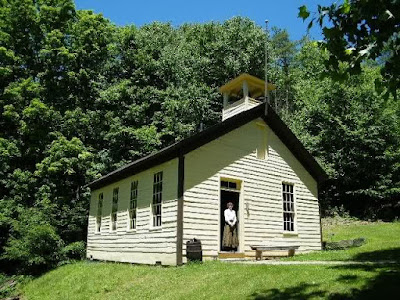This method of fighting was brought in for three reasons;
1.Due to the small population density of Bodstonia it is not possible to maintain and therefore field a large regular army, one which is capable of fighting in the volleyfire tactics so prefered on the mainland.
This tactic also leads to unnaceptable casualty rates..firing into the packed ranks nearly always leading, if not to a death, then an injury, especially when under cannon fire.
2. The disparity of weapons. The regular troops, the 1st Regiment of foot, the Bodstan Fusiliers, is equiped with the same type and bore of muskets, but the Folks Militia has a wide range of musket types, some even using shotguns and blunderbusses. This disparity, in a rank and file system would lead to varying loading and firing times.
3. Topography. The main areas around Bodston are largely cleared of forests but still are hilly and broken with hilly rocky outcrops meaning that forming up in rank and file is only possible on the rarest of occasions.
Deployment
The main battle tactic would start with the troops entering the field and taking up position towards the enemy in two extended ranks.The spacing between each rank and each man withing each rank is that of two paces.
| Closed order the opening order with which the troops enter the field..enemy to the front. |
The command, Officer, Staff sergeant, drummer and standard bearer, form up in the centre of the two ranks.
At a signal from the Staff Sergeant, both ranks move outwards from the command, to the left and right until a spacing of 5 paces between each man.
The front rank now moves 3 paces forward, kneels anfd lays on. The rear rank then moves 3 paces to the left (left of command) and 3 to the right (right of command). It kneels and makes ready.
This opens and staggers the ranks, enabling the rear rank to fire through the front rank without hinderance.
| Fully deployed in open order |
Attacking/Advance (Open Ground)
From the deployed position, the front rank remains kneeling, the rear rank stands and runs forward 10 paces ending up 5 paces to the front. They kneel and lay on, the now rear rank stands and the procedure is repeated until contact is made.
The command always remains in the rear rank. The number of paces that are to be moved can be altered depending on the proximity of the enemy and the lay of the land.
Attacking/Advance (Broken ground)
When advancing in broken ground, woods etc, the company is broken into pre-arranged 4 man units. These then act as if attacking over open ground, though in this case each unit acts independantly of the rest, shortening or lengthening thier advance in consideration to the lay of the land but keeping an eye to not staggering the battle line to drastically, signalling to each other by voice or hand signals.
| Advancing in "4´s" |
Defence (Open Ground)
In certain circumstances a concentration of firepower is required. In this situation the front rank kneels and lays on. The rear rank then stands and moves to within 2 paces of the front rank. They then move from the left and right towards the centre until they are within two paces between each man. They then kneel and lay on. The front rank then stands and moves towards the center until they are also within two paces between each man observing that the end up in a staggered line to the rear rank. They then kneel and lay on.. Basically then form up in a close order formation, the only difference being that the two ranks are staggered.
| Moving into close order from open order |
| Closed order with two paces between each man |
Withdraw
In either open or deployed formations. The rear rank kneels and lays on whilst the front rank stands and moves 10 paces to the rear. They then turn to face the enemy, kneel and lay on as the second rank stands and moves 10 paces to the rear and so on.
| Withdrawal in close order |
The Staff sergeant holds his staff along the line that the troops are to take up. The outer most "4´s" then move as rapidly as possible, revolving around the command in the centre. This is a difficult manouvre, which requires a lot of training and is best carried out when militia or mounted infantry are available to cover the exposed troops as they move into position
| Flank change to face the left. |
These skirmish tactics are only used by the regular troops or seasoned militiamen as untrained troops will encounter problems.
The main problem is with bunching or thining of the battle line, especially in broken ground
The tactic of moving into defense or changing flank can also become problematic for unseasoned troops but drilled troops resolve this with the extremes (farthest left and right of centre) moving faster to quickly close or open any required spacing.
The Militia are, in a battle situation, put to the left and or right of the main regular battle line in support of any mounted infantry, defend and aid the artillery and to act as a mobile reserve.



























